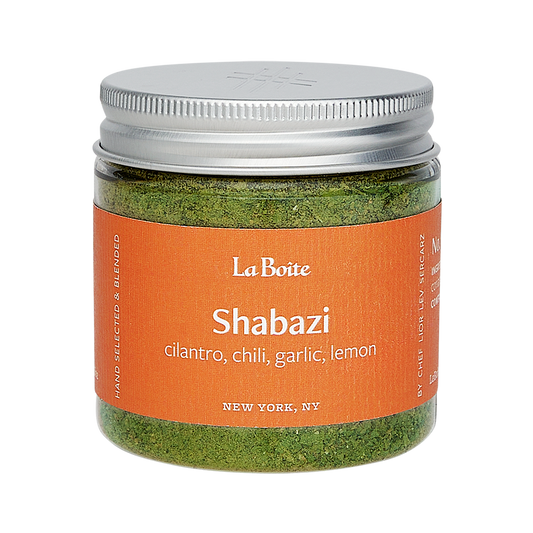Carbonara
Rated 5.0 stars by 7 readers
Category
Dinner
Author
Christian Leue
Servings/Yield
4-6

Ingredients
-
a bit more than a pound of dry pasta (500 grams) (I usually use spaghetti or bucatini)
-
3/4 cup grated (90 grams) Pecorino Romano, or 50:50 Pecorino:Parmigiano Reggiano
-
4 large eggs, at room temperature (if you have a compromised immune system, buy pasteurized eggs)
-
1/3 pound (150 grams) guanciale (traditional), pancetta, bacon, or country ham, chopped into small pieces or thin slices
-
Freshly ground black pepper (to taste, I usually do a teaspoon and a half)
Directions
Bring 5 liters of water with 25 grams of fine sea salt (about 5 teaspoons) to a boil in a large pot (this is half the amount of salt I usually use for pasta water, but the cured meat and cheese will add salt to the dish so it’ll balance). Add the pasta and start cooking it, stirring well at first to avoid clumping and making sure that everything is submerged.
Combine the cheese, eggs, and pepper in a bowl and mix well until combined.
In a large straight-sided sauté pan or skillet heat some olive oil over medium-high heat. If your meat is fatty use 2 tablespoons, if it’s lean use 3 tablespoons. Add the meat and fry, stirring occasionally, until it’s as crispy as you like, 5-7 minutes. Turn off the heat.
When the pasta is finished, reserve 1 cup of the pasta cooking water (I usually just dip a coffee cup in there and set it aside), then drain the pasta*.
Add the drained pasta to the pan and mix well, then add the cheese/egg mixture and stir rapidly with tongs or chopsticks to coat the pasta and make the sauce. The residual heat in the pan and pasta will cook the eggs without scrambling them, just make sure to keep stirring as it thickens. If the sauce is thicker than you like, add some reserved pasta water to thin it out, mixing well.
Serve in warm bowls. Garnish if you like with more cheese or pepper. I often don’t because I just want to eat is as quickly as I can.
Recipe Note
Recipe Notes:
* I keep all most of my pasta water and use it for things like starting soups, making pizza dough (use it instead of water and salt), or drinking as a broth with a splash of olive oil and some hot pepper flakes.
Variations & Ideas:
Here are the usual ways I play around with this basic recipe:
to make it richer, use 2 whole eggs and 6 yolks, reserving the whites to make meringues, pavlova, etc.try a pepper blend instead of plain pepper, like Pierre Poivre
And a few stranger things (that are also delicious but which may alarm purists):
substitute tarako or mentaiko for the pork, you have the option of cooking it slightly, or leaving it raw for a more velvety texture, I prefer Aleppo to regular pepper in this variant.when I cook for friends who don’t eat meat I substitute diced halloumi cheese for the meat and add a bit of Smoked Salt (use 3 tablespoons of olive oil when cooking the cheese).substitute a tray of sea urchin roe (uni) for the pork, and halve the quantity of pasta (I like using egg linguine). Use 2 eggs, and only 3 tablespoons of Parmigiano, season with just a pinch of Espelette pepper. Cook 5-6 pieces of roe in a pan in 1 tablespoon of olive oil, add a few splashes of pasta water, and stir, then remove from the heat and add the cooked pasta, then the eggs/cheese. Divide between two warm bowls and top with the remaining roe.
This is a great recipe for practicing the technique of making an egg sauce in a pan. Here’s another recipe (actually the first one I did for La Boîte!), that uses the same method and includes vegetables and other spices.
Usually there are no leftovers. But if so, don’t despair. I’ve never liked reheated carbonara, but it’s awesome if you chop it up a bit, crisp it up in a pan, then add some more eggs and scramble. Or mix the pasta with croutons, sauteéd onion, and eggs, and make a frittata.
Questions about this recipe? Contact us at info@laboiteny.com








